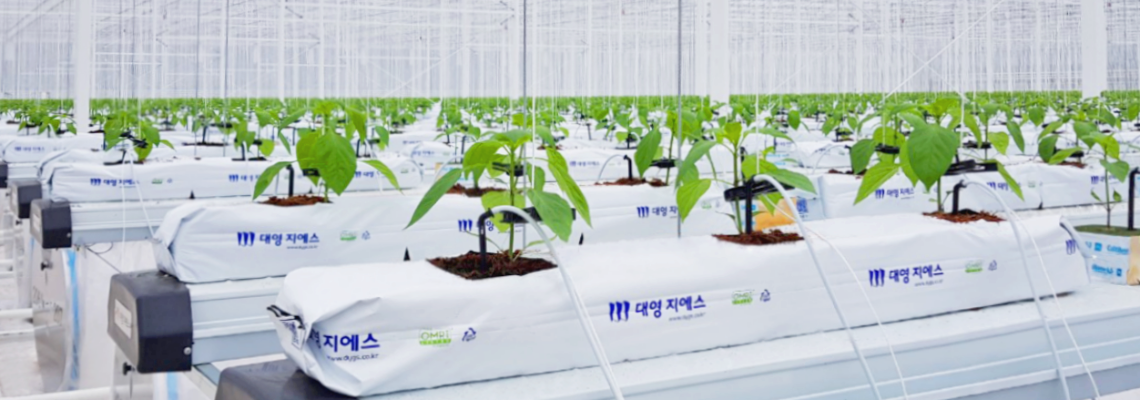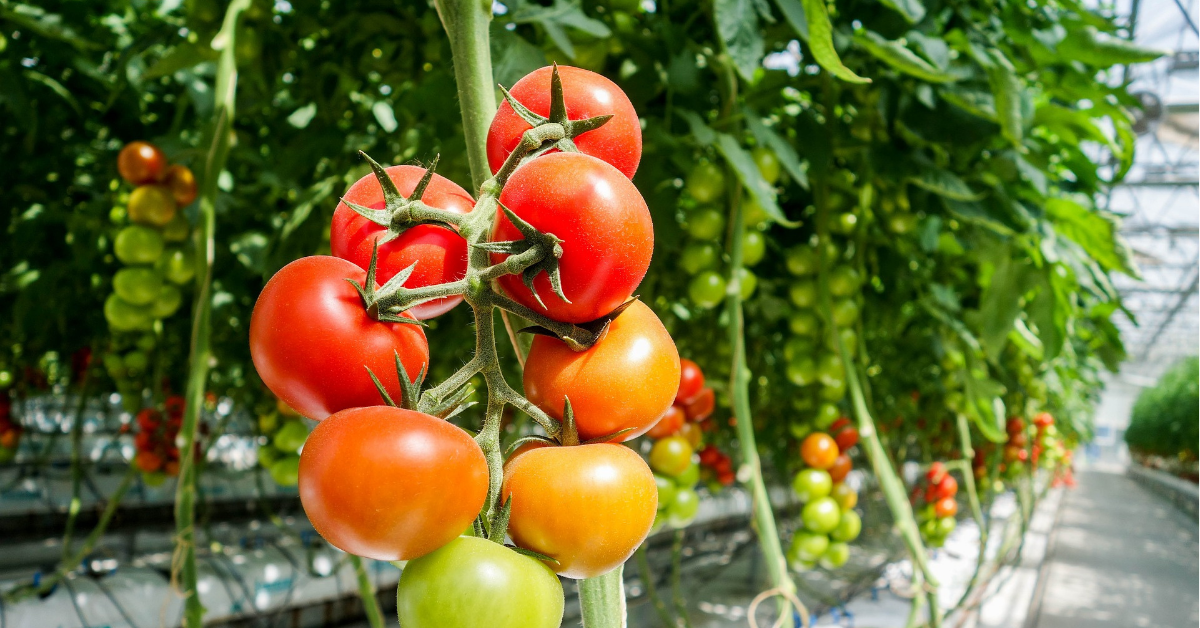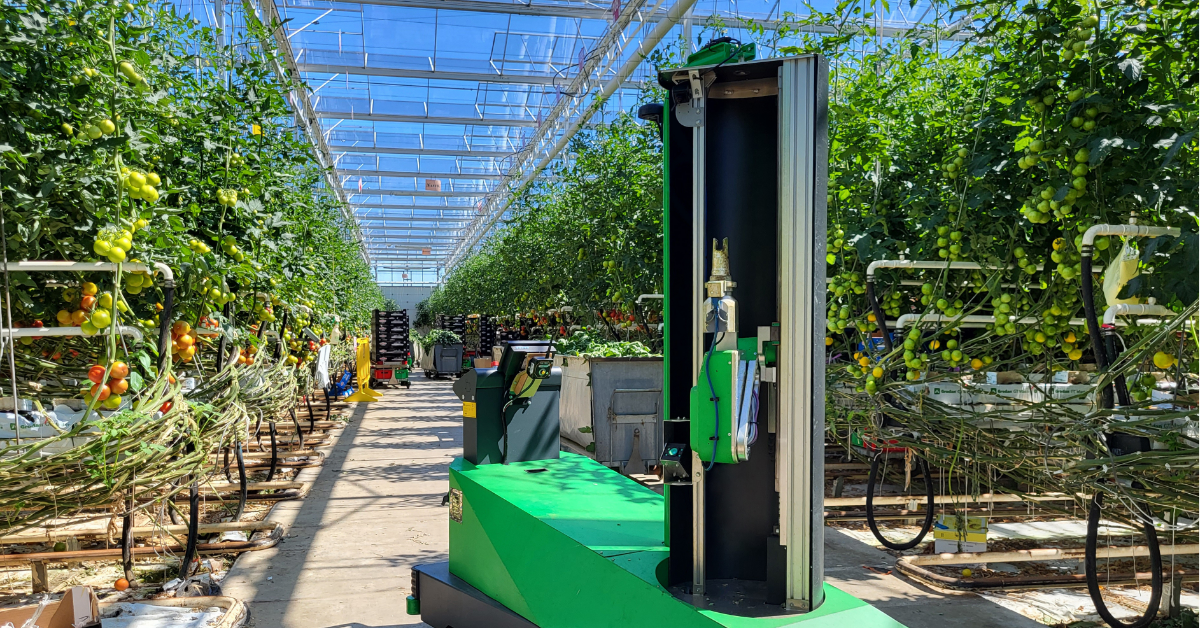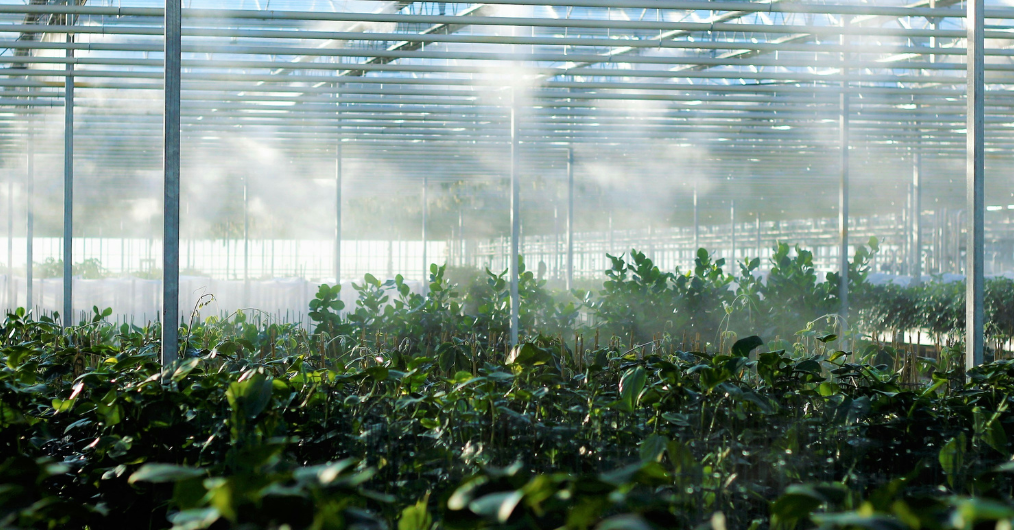Asian countries invest in the future of horticulture
Horticulture in Asia is developing at a rapid pace. By working closely with specialized players in the market, professional and high-tech nurseries have been set up in recent years for the large-scale cultivation of vegetable and ornamental plant products. In this article we highlight three countries: South Korea, Malaysia, and Japan.
South Korea: Artfarm Farming Association
Development of horticulture in South-Korea began in the early 1990s, as greenhouse horticulture using climate control systems began to be commercialized. Venlo-type greenhouses were introduced and more and more people opted to grow under glass or plastic in order to better protect production against external conditions. From 2000, growers paid increasing attention to climate control and root zone control, and from 2010, alternative energy sources, such as geothermal and air heat, were explicitly sought. Recycling of water also received more attention and, in recent years, horticulture in South Korea has taken the first steps towards making production more sustainable. By growing in semi-closed greenhouses, better climate control and the use of artificial light. Developments such as AI and Big Data are also currently in the spotlight.
'South Korea will be a hub'
Tomato, paprika, cucumber, zucchini, peppers, and leafy vegetable such as lettuce are the main products in South Korea. The salad market is currently expanding, while the market for snack-type consumption is also strong and expected to expand in the long term. “We believe there are enough potential markets, such as Eurasia and Northeast Asia and it is expected that South Korea will be a hub for product supply more and more”, says Dongju Myung on behalf of the Artfarm Farming Association. The company was established in 1994 and now has 7 greenhouses for sweet pepper production. “We have continuously cooperated with Daeyoung GS Co., Ltd. to introduce the ‘smart farm’ from the Netherlands'. Daeyoung provides integrated solutions covering the complete processes from constructing up to date glasshouses to consultancy for cultivation. They constructed 6 out of our 7 greenhouses and installed various greenhouse systems such as climate control, water, and drive systems etc. as a Korean dealer for Ridder in the Netherlands. In addition, they supply various greenhouse materials such as fertilizer and substrates through our cooperation over several years.”
Myung explains that the cultivation techniques from the Netherlands are implemented at Artfarm, but the company also distributed those techniques through South Korea to help other growers develop. “Also, we published a book titled ‘Greenhouse climate control and paprika cultivation techniques’, which is the basic textbook for local smart farm growers now.”

'We set strict standards'Artfarm was able to grow in the past years. “We did that by continuous investments and training our professional employees, but also through technical cooperation with companies in the Netherlands, joint research and learning new technology with universities in the region.” The company uses geothermal energy, rainwater basins, natural enemies inside the greenhouse, drainage recycling and reduction of CO2. And we have actively shown customers that sweet peppers are safe to eat. Growing sweet peppers is important, but if there is a problem in the process of sorting and transportation, all production efforts are meaningless. It also affects the trust that has been built up over the years. It is for this reason that we set strict standards above other farms.”
Working on a data platform
Recently, two semi-closed glasshouses were built, allowing the grower to optimize all environmental factors inside the greenhouse. “The system actively controls temperature and humidity and it reduces energy and CO2 usage in response to rapid climate change. Results show production exceeding 30% increase above general greenhouses. In addition, it has a structure that minimize the possibility of pest inflow by using insect net and positive pressure which reduces the use of pesticides and improves food safety.” At the moment Artfarm is working on a data platform with the goal of autonomous control. “We will continue investing with the aim of enabling stable production based on AI and data, strengthening cultivation and management, automating physical greenhouse work and systematizing the greenhouse operation processes.”
Due to climate change, Artfarm believes food production depend on indoor farming and smart farm methods. “We expect grower's union to play a role in the center of the sustainable horticulture industry. Our ambition is to be a leading source supporting these aspects.”
Malaysia: Greenheart Farms
Horticulture in Malaysia has been relatively stable in recent years in terms of production. With tomatoes, sweet peppers, hot peppers, cabbage, lettuce, leafy vegetables and also flowers, the country has a wide product range. But the sector has not developed sufficiently to be able to really compete in the region. The realization that it is time to invest has now reached many growers. There is a growing demand for new cultivation techniques to increase production and there is more need for better control of diseases and pests. “Malaysia really wants to move forward and knows that other countries, such as Vietnam, are experiencing strong growth and even taking some of the market share from Malaysia,” says Chief Operations Officer Luuk Runia of Greenheart Farms. According to him, the country's development is also slowed down because short-term land leases are used. This makes it difficult for growers to work on a long-term strategy. “The government is currently working on amending this.”'So much knowledge'
Greenheart Farms specializes in the highest quality vegetable production through intensive agriculture farming. The company has a focus on increasing crop yields in large scale greenhouses without the use of pesticides. “We work together with companies from the Netherlands and other European countries to be able to apply the latest techniques. They have so much knowledge that we can use to our advantage. For example, Koppert Biological Systems is our supplier for biological crop protection, we work with the irrigation computers of Ridder and the sorting machines from Greefa and J.Huete built the plastic greenhouses.”
By continuing to closely monitor developments in the region and recognizing the challenges in horticulture at the right moment, Greenheart Farms has been able to respond well to market needs since its foundation four years ago. “It allowed us to grow as a company,” says Runia. “Moreover, we are a state-of-the-art company where we can invite people to come and see what we do. Asia remains a market of 'seeing is believing' and thanks to our investments we really have a lot to offer them.”
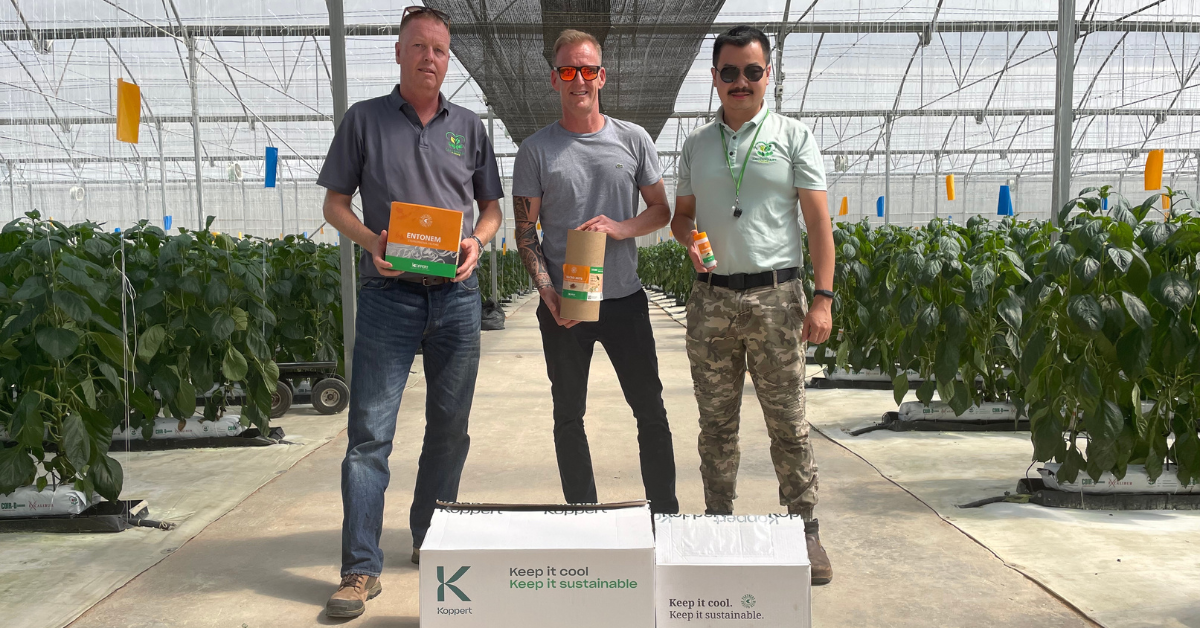
‘Growers are eager to improve’
In recent years, Greenheart Farms has invested heavily in irrigation computers and sensor technology to improve irrigation and save on costs. “In the coming years, the intention is to expand our production company and at the same time to grow our supply company with the sale of cultivation products that we also use ourselves. To achieve this, we are working closely with the Government of Malaysia and we are opening our company to cooperation with the Ministry of Agriculture.” According to Runia, visiting trade fairs is not yet something many growers in Malaysia do. “With the exception of the large flower growers who regularly visit the Netherlands at the invitation of breeders. In the future it will therefore be important to organize open days for growers, together with a number of suppliers. Because growers in Malaysia are eager to improve. Partly because the climate is less stable today, there is a great need for technology and knowledge to get production to a constant level.”
Japan: Saladbowl
In Japan, the number of greenhouses and the number of farmers who are working in horticulture have been decreasing in the past years and that will continue in coming years, says Susumu Tanaka, CEO at Saladbowl co,.ltd. And that’s not a negative thing. “The number of growers who have less than 1 hectare has been decreased, while the number of growers who have more than 1 hectare has been increased. By expanding our operation scale in the coming years, we want to build a strong sector like the Netherlands, step by step.”
Suitable climate control is an important condition for achieving that goal. As is reducing energy costs. “We are working on these issues with the support of the government”, says Tanaka. Japan is an island and we import most of our energy. However, some demonstration greenhouses which uses geothermal energy, woody biomass, or exhaust heat from factories, have been started to utilize the local resources.”
Stable support throughout the year
Vegetables account for 25.6% of the total agricultural output in Japan, flowers for 3.7%. Tomato, spinach, strawberry, cucumber, and melon are the most produced vegetables in the country. Saladbowl Co., Ltd. Was founded in 2004. “We started from the conventional 20 hectares of open field, growing 30 kinds of vegetables such as tomato, cucumber, eggplant, and broccoli. We also started growing tomato in the CEA greenhouse in 2015, and now we manage 7 large scale greenhouses across Japan. In addition, we are now constructing 3 new greenhouses which will be completed in 2023. Our strength is that we can provide a stable supply of products throughout the year. In order to achieve this, the production teams of farms all over Japan share information and carry out production and shipment without interruption.”
Saladbowl uses high-tech climate computers and are implementing data driven growing. “Above this, we’d also like to apply new technology towards an autonomous greenhouse for the future. Regarding the labor management, we developed our own operation record system. And we are working to optimize and systemize shift management and logistics management.” Saladbowl is currently building a tomato and two leaf lettuce greenhouse which will be completed in 2023. “Inter-canopy lighting, active fans and energy saving equipment will be installed in the tomato greenhouse. Top lighting will be installed in the leaf lettuce greenhouse. In addition, misting system will be installed for both greenhouses to improve the severe environment during summer, and the new-tech cold storage chamber will be installed to realize the longer stock shelf life.”
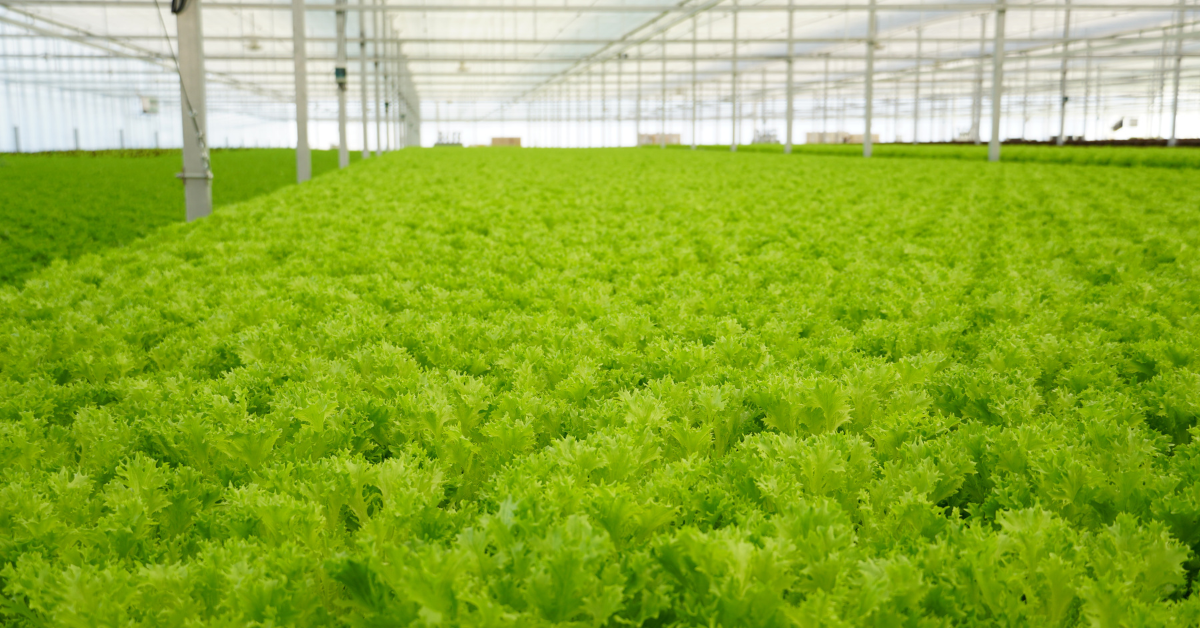
Valuable for locals
In the next years, Saladbowl wants to invest more in technology and equipment to improve the production or quality, says Tanaka. “Especially when it leads to energy saving, like LED, dehumidification, and heat pumps. We also started investigations and cooperations with some companies utilizing the technologies of AI and robotics towards an autonomous and carbon neutral greenhouse in the future.” Saladbowl is scheduling to continually build multiple greenhouses in the coming years. “One of our important values is to be the industry valuable for locals. We hope we can be one of the solutions to help solve the big social issues and we’d like to be the company which is demanded by society and welcomed and supported by local communities.”
Share your horticulture technology stories with us
Do you have an innovation, research results or an other interesting topic you would like to share with the international horticulture technology industry? The GreenTech website and social media channels are a great platform to showcase your stories!
Please contact our Brand Marketing Manager Murkje Koopmans.
Are you an GreenTech exhibitor?
Make sure you add your latest press releases to your Company Profile in the Exhibitor Portal for free exposure.
Have exclusive horticulture technology news delivered to your inbox
The GreenTech monthly newsletter brings you the latest exclusive horticulture technology news and updates about our global horticulture technology trade shows and events.
Join over 32,000 of your peers and receive:
☑ Exclusive commentary from industry leaders
☑ The latest news from the GreenTech team
☑ Stay up to date with all the latest news about our events
